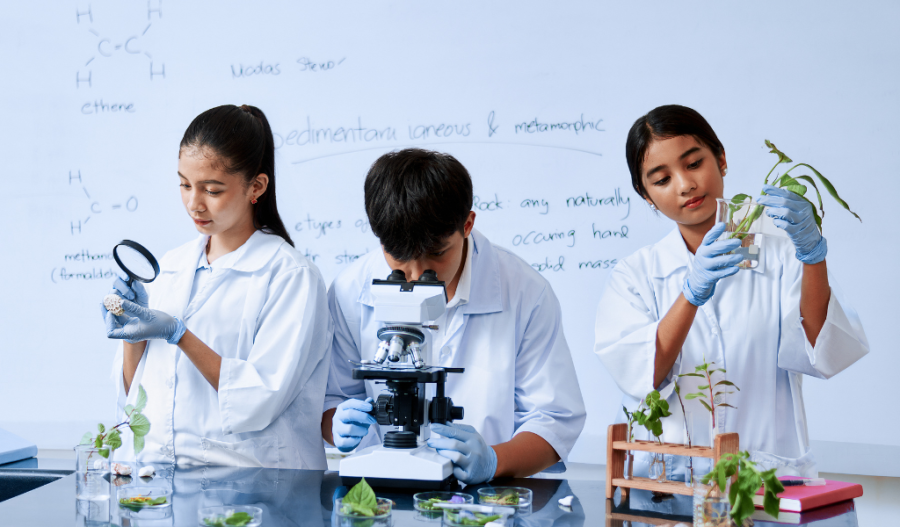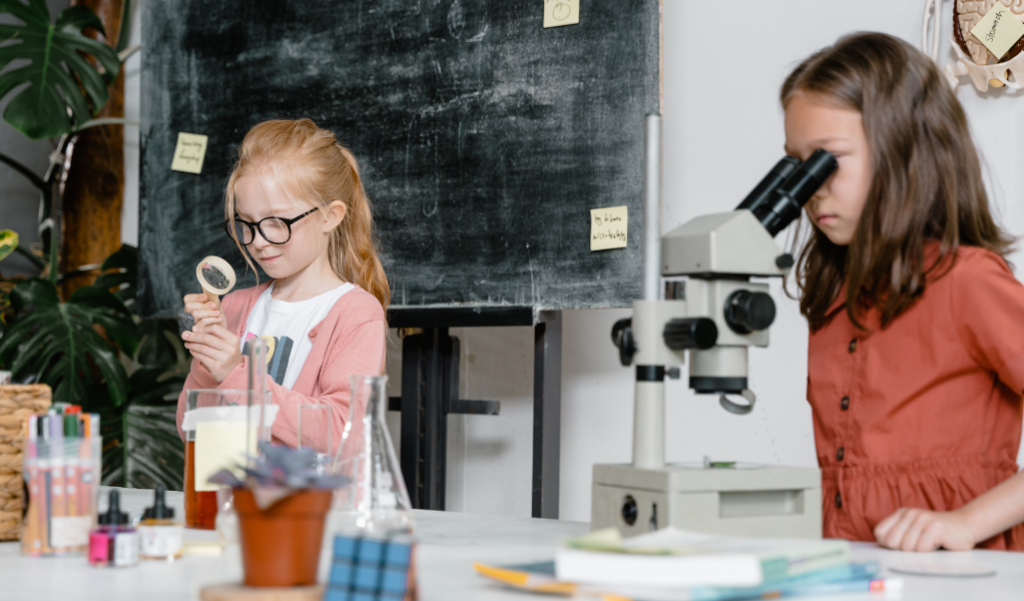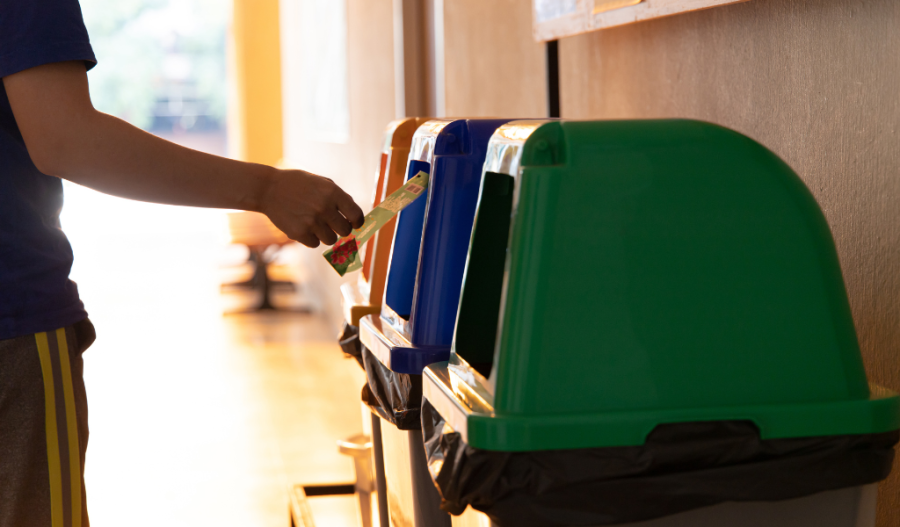
Students are more likely to adopt sustainable habits if they see their teachers practicing them and if they’re actively involved. Try some of these in the classroom and see how more motivated students are to initiate sustainable habits.
- Involve students: Organize classroom challenges, such as seeing who can come up with the best idea for reducing waste or conserving water in the lab.
- Teach sustainability: Integrate discussions on conservation and environmental ethics into your lessons. Have students calculate the water and electricity usage common lab practices.
- Focus on the positive: Highlight successful environmental projects or breakthroughs so students stay hopeful and motivated.
- Lead by example: Bring a reusable water bottle or coffee cup to class, or bike to school when possible—students notice these habits.
- Foster collaboration: Partner with local environmental groups for guest lectures or joint projects.
- Use project-based learning: Let students design small-scale wind turbines or build simple solar ovens, tying real-world sustainability into your curriculum.
By weaving these practices into your daily teaching, you’re not only reducing your lab’s environmental impact but also preparing students to be thoughtful stewards of the planet. Small shifts—like choosing reusable over disposable or teaching students to sort waste—can add up to significant change. Together, educators and students can build a culture of sustainability that extends far beyond the classroom walls.




